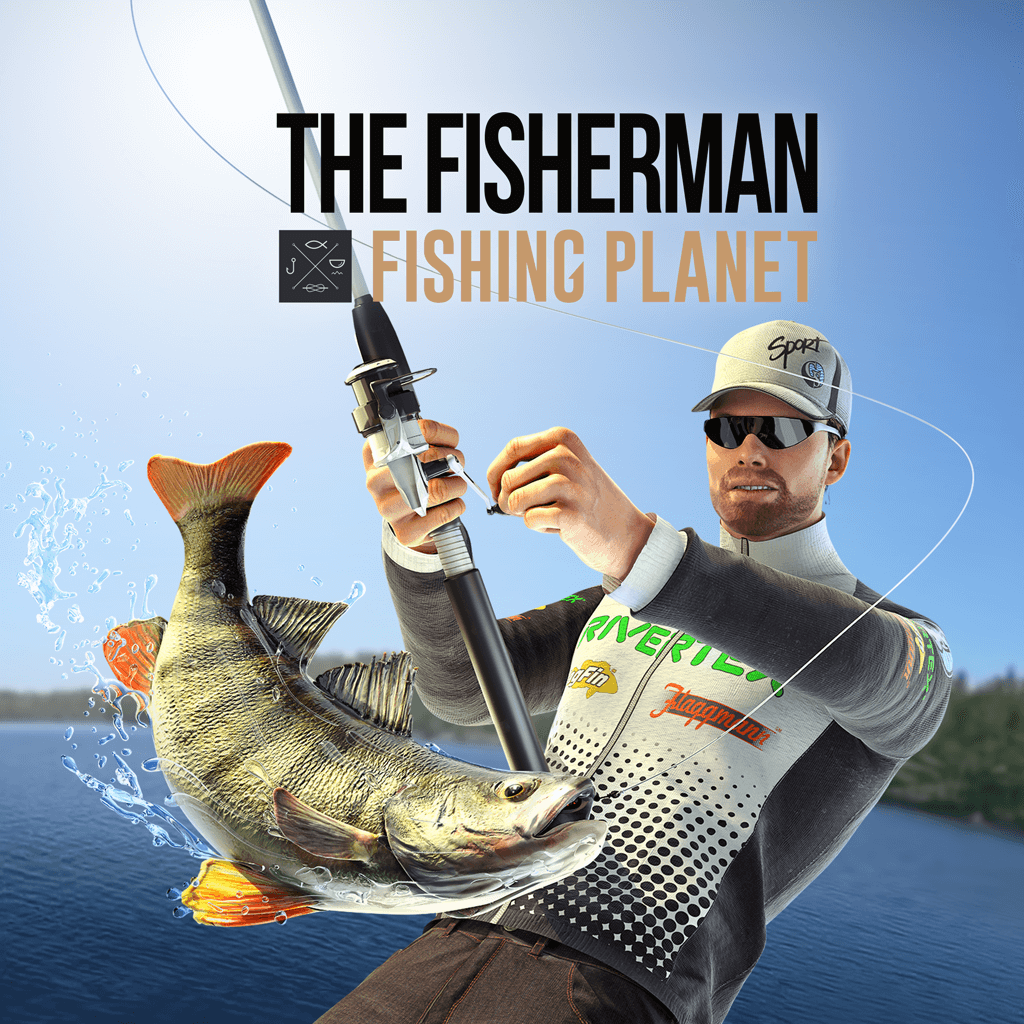
The funders had no role in study design, data collection and analysis, decision to publish or preparation of the manuscript.Ĭompeting interests: The authors have declared that no competing interests exist. Travel support to SH and HT was received from Linköping University. This is an open-access article distributed under the terms of the Creative Commons Attribution License, which permits unrestricted use, distribution, and reproduction in any medium, provided the original author and source are credited.įunding: This work was supported by the Institute for Health and Environment of the University at Albany. Received: SeptemAccepted: MaPublished: August 25, 2010Ĭopyright: © 2010 Hardell et al. PLoS ONE 5(8):Įditor: Matthew Baylis, University of Liverpool, United Kingdom None of the pesticides triggered consumption limits.Ĭitation: Hardell S, Tilander H, Welfinger-Smith G, Burger J, Carpenter DO (2010) Levels of Polychlorinated Biphenyls (PCBs) and Three Organochlorine Pesticides in Fish from the Aleutian Islands of Alaska.

For noncancer effects by PCBs, advisories of between seven and twenty-two meals per year were triggered. For cancer health endpoints for PCBs, all species would trigger strict advisories of between two and six meals per year, depending upon species. Environmental Protection Agency (USEPA) was used to calculate risk-based consumption limits for the analyzed fish species. Among the pesticides, p, p′-DDE generally dominated, and the highest level was found in sockeye salmon ( Oncorhynchus nerka, 6.9 ppb, wet weight).

Concerning the PCB congener patterns, the more highly chlorinated congeners were most common as would be expected due to their greater persistence.

Again, rock sole had the highest level (68,536 ppb, lipid weight). Lipid adjusted PCB values were also calculated and significant interspecies differences were found. The highest median PCB level was found in rock sole ( Lepidopsetta bilineata, 285 ppb, wet weight), while the lowest level was found in rock greenling ( Hexagrammos lagocephalus, 104 ppb, wet weight). This study examined the levels of PCBs and three pesticides in muscle tissue from nine fish species from several locations around the Aleutian Islands of Alaska.


 0 kommentar(er)
0 kommentar(er)
